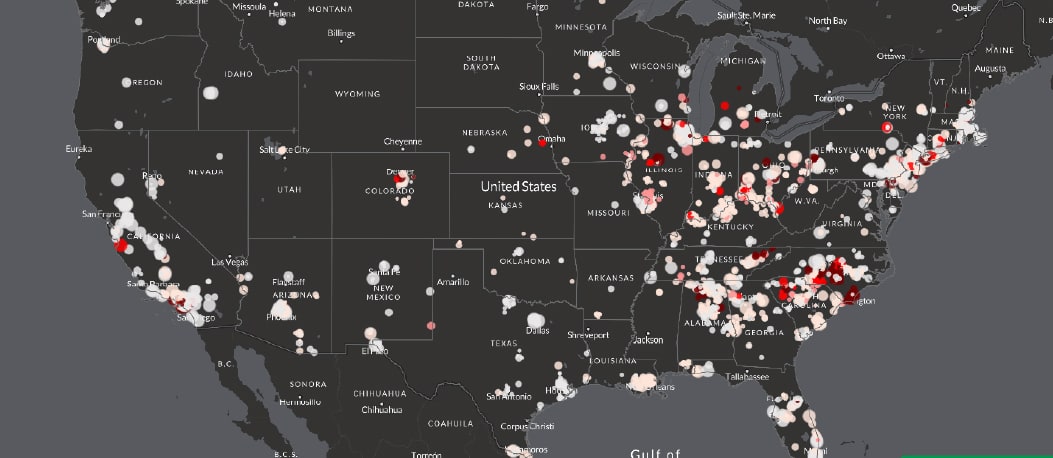EWG Tap Water Atlas
1,4-Dioxane
1,4-Dioxane is a solvent classified by the Environmental Protection Agency as a likely human carcinogen. In animal studies, 1,4-dioxane in drinking water increased the incidence of liver, nasal cavity, peritoneal and mammary gland tumors.
1,4-dioxane contaminates the water of 88 million people in at least 45 states as a result of municipal wastewater discharges, industrial runoff and spills, and landfill runoff. It travels easily through soil to groundwater and surface water and does not easily degrade.
The EPA has failed to set a national legal limit for 1,4-dioxane in tap water. In the absence of federal leadership, seven states have set their own standards.
EWG’s health guideline for 1,4-dioxane in tap water is 0.35 parts per billion, or ppb. The EPA says this amount is expected to cause no more than one additional case of cancer in every 1 million people who drink it for a lifetime.
Conventional water treatment practices are not effective for removing 1,4-dioxane, and neither are home water filters such as carbon filters. Some home reverse osmosis systems can remove a significant portion of 1,4-dioxane from water, but the most effective removal technologies are advanced oxidation methods that must be installed at the central water treatment plant.



